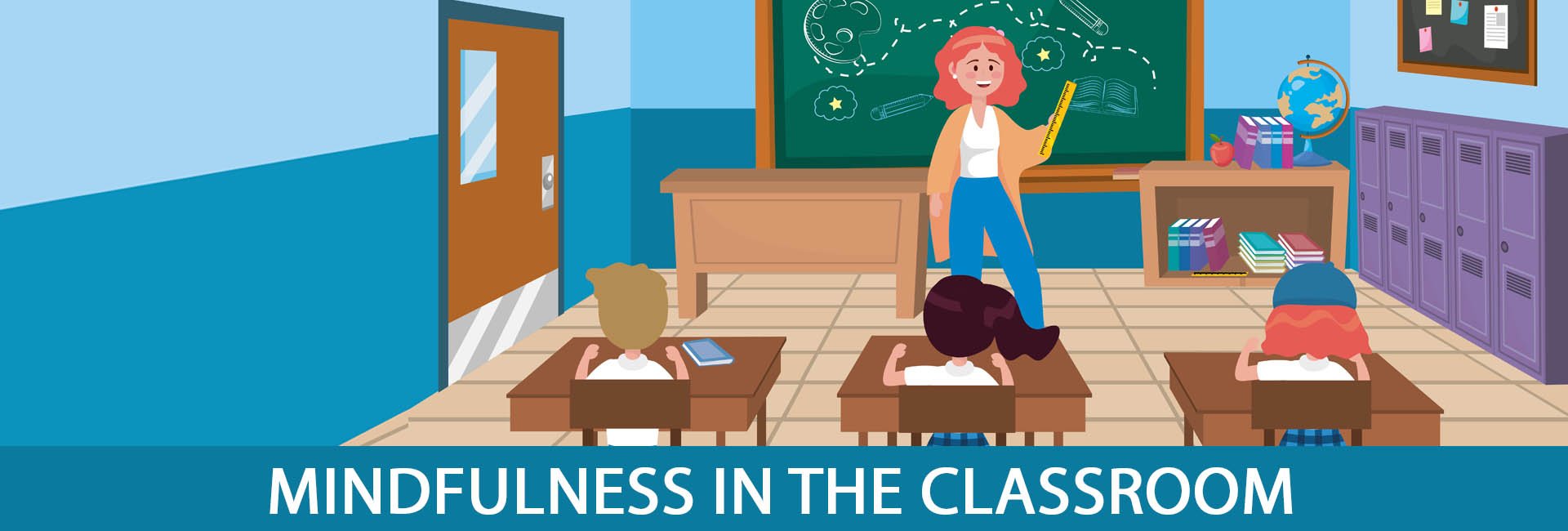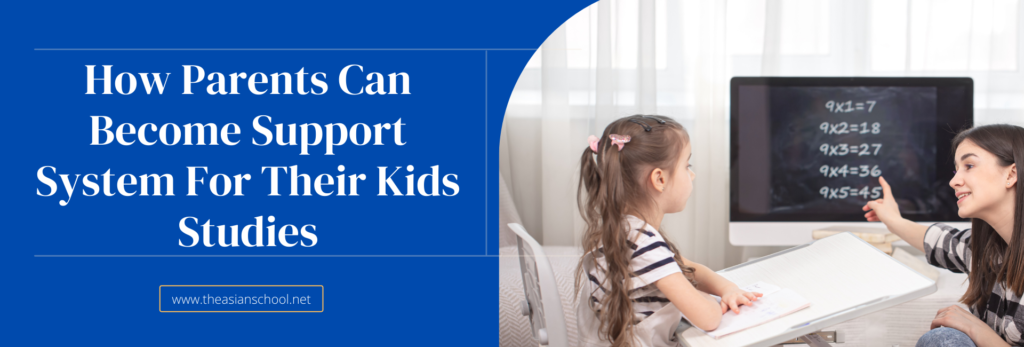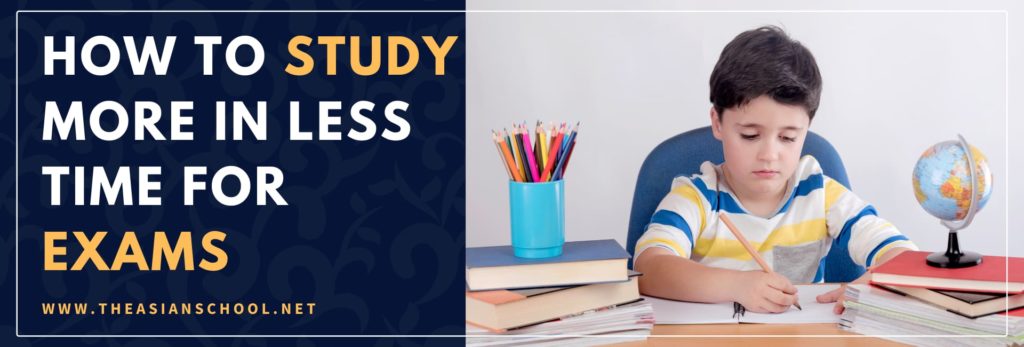Mindfulness in the Classroom is awareness and focus in the Classroom, it means awareness that develops when you concentrate on the present time and on the work that you are doing. Mindfulness in the Classroom helps students to focus their attention in the present time without worrying about the past and future. It has both psychological and physical benefits. Mindfulness simply means paying attention to your work and ignoring others.
Mindfulness in the Classroom is more important, even than teaching because nowadays students are anxious and stressed. Mindfulness teaches us to live in the present time and help us to experience and enjoy the moment that is in front of us.
How to Create Mindfulness in the Classroom
1. Through Taking Deep Breathing
Taking deep breaths help us to calm our mind and body. When we are worrying about something and stress, we need to take deep breaths. Take some moment and breathe slowly, doing this you can forget all your worries and stress, and you feel comfortable, then you will able to focus on your present time.
2. Mentally Present in the Classroom
It means not only physically but mentally present in the Classroom. Always stay at the moment, and do not use your mind in unnecessary things. Focus and pay attention to the present moment, listen to your teachers and other people carefully, and make eye contact while you are listening to them. If you are physically and mentally present in the class, then you will able to build better relationships with the teacher that will help you in your studies.
3. Stop and Think Once Before Speaking
Before responding to any situation or difficult questions. Always take a moment and think about the problem or situation. After doing this, you will able to answer right. And people think that you are mentally present and taking the situation seriously. But don’t take too much time to think.
4. Take Drink at Regular Travel
Pause for sometimes take a break and drink something like water, tea or coffee. While you are drinking something, focus on that it will divert your mind from one sensation to another and help to relax your mind and body.
5. Use Positive Statements
When you are emotionally upset, feel stressed and depressed, and think that you are not able to focus on the present. So in these situations always say the positive statements in your mind that “I can do this”, “I am peaceful and happy” and “Don’t think about other things be present be here now”.
6. Practice Gratitude
Gratitude practice means think about the positive things that happened to you. Instead of wasting your time in thinking about the negative things that happened in your life, remember your happiness moments and only note down your positive situations. Doing this, you will able to pay attention to the present time. It is scientifically proven that gratitude practice will also improve your health and mental strength.
What to do for Mindfulness in the Classroom
Meditation helps us to become Mindfulness in classrooms; because of this, we are able to focus on one thing, our mind will stay in one place and only thinking about the present.
Meditations are of many kinds, but its two most common approaches are:-
1. Concentrative Meditation: This type of Meditation helps us to concentrate on one thing. Concentrative Meditation helps to stay mentally in one place and minimize the thoughts that are running in your mind, and you are able to focus on one thing.
Also read our blog on Importance of Yoga for Students.
2. Mindfulness Meditation: This Meditation helps us to be aware of and paying attention to the work which you are doing. Because of Mindfulness meditation, you live on the present and do not worry about your future and past. Mindfulness meditation helps you to enjoy and experiencing every moment of your life because doing this Meditation, you ignore the other things and only focus that is happening.
Physical and Psychological Benefits of Mindfulness
Practicing Mindfulness in the Classroom, we have the benefits of both physical health and psychological health.
Physical Health Benefits: The physical health benefits include the improvement in the immune system, improvement in breathing, improve circulation, lower heart rate, reduced physical stress, and better sleep.
Psychological Health Benefits: The psychological health benefits include the increased happiness, decrease depression and stress, decrease anxiety, improve self-esteem, improve your memory & learning skills decrease moodiness and irritability and increase emotional stability.
Also Read, How To Maintain A Positive Mindset In The Classroom











